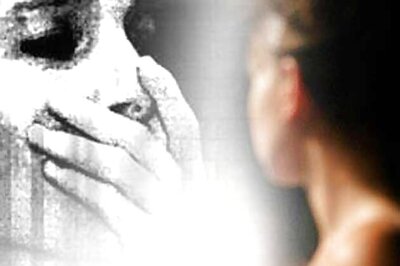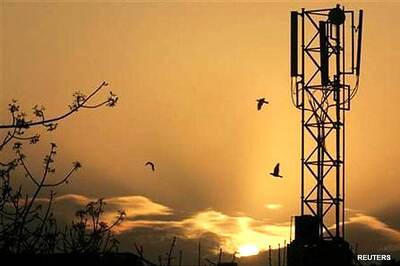
views
The breastfeeding process is a very special moment between a child and a mother as it creates that special bond. But, nursing is not always a magical experience, as some problems can erupt during breastfeeding. One such problem that several breastfeeding mothers deal with is mastitis. It is an inflammation of tissues around the breast that often causes breast pain, swelling, warmth, and redness.
The inflammation, which sometimes involves infections, mostly affects breastfeeding women but can also occur in women who aren’t breastfeeding. In very rare cases, this infection can also affect both the breasts. But unfortunately, about 1 in 5 breastfeeding women are affected by mastitis in the first 6 months of giving birth. Not just this, but it is more worrisome to know that it usually develops in the first three months of giving birth.
Health experts explain that mastitis are of two different types
First is the most common type of mastitis which is known as lactation, also called puerperal mastitis, which affects breastfeeding women.
The second is periductal, which affects menopausal and postmenopausal women and smokers. Periductal is also called mammary duct ectasia. In this condition, the nipple on the affected breast may turn inward and produce a milky discharge.
Several health experts recommend timely medical help after witnessing symptoms like:
- Breast tenderness
- Feeling warmth to touch
- Skin redness, often in a wedge-shaped pattern
- Breast swelling
- Generally feeling ill; you may have a temperature
- Thickening of breast tissue
- A breast lump
- Pain or burning sensation while breastfeeding
- Headaches
- Nausea and vomiting
- Nipple discharge
- Fatigue
Of course, there are certain reasons for mastitis to affect a person. The main reason behind the infection is when bacteria found on skin or saliva enters the breast tissue through a milk duct or crack in the breast skin, but there are a few other factors that increase the risk of mastitis and they are:
- Wearing tight-fitting bras that restrict milk flow.
- Improper latching technique or using only one position to breastfeed.
- Cracked, sore nipples.
Read all the Latest Lifestyle News and Breaking News here




















Comments
0 comment